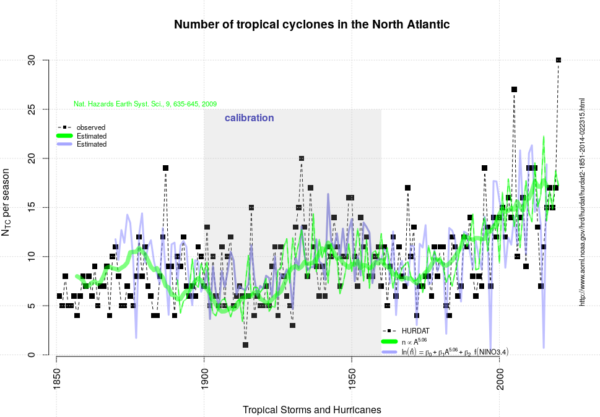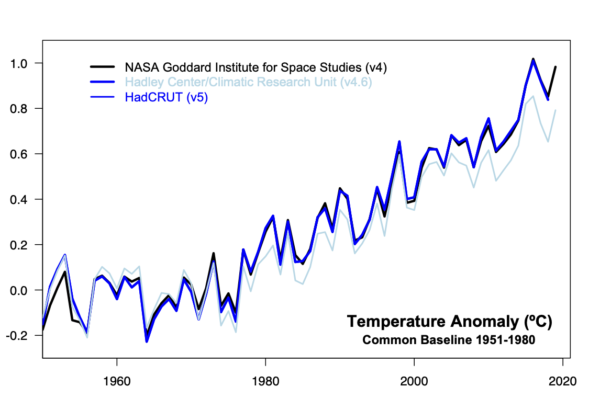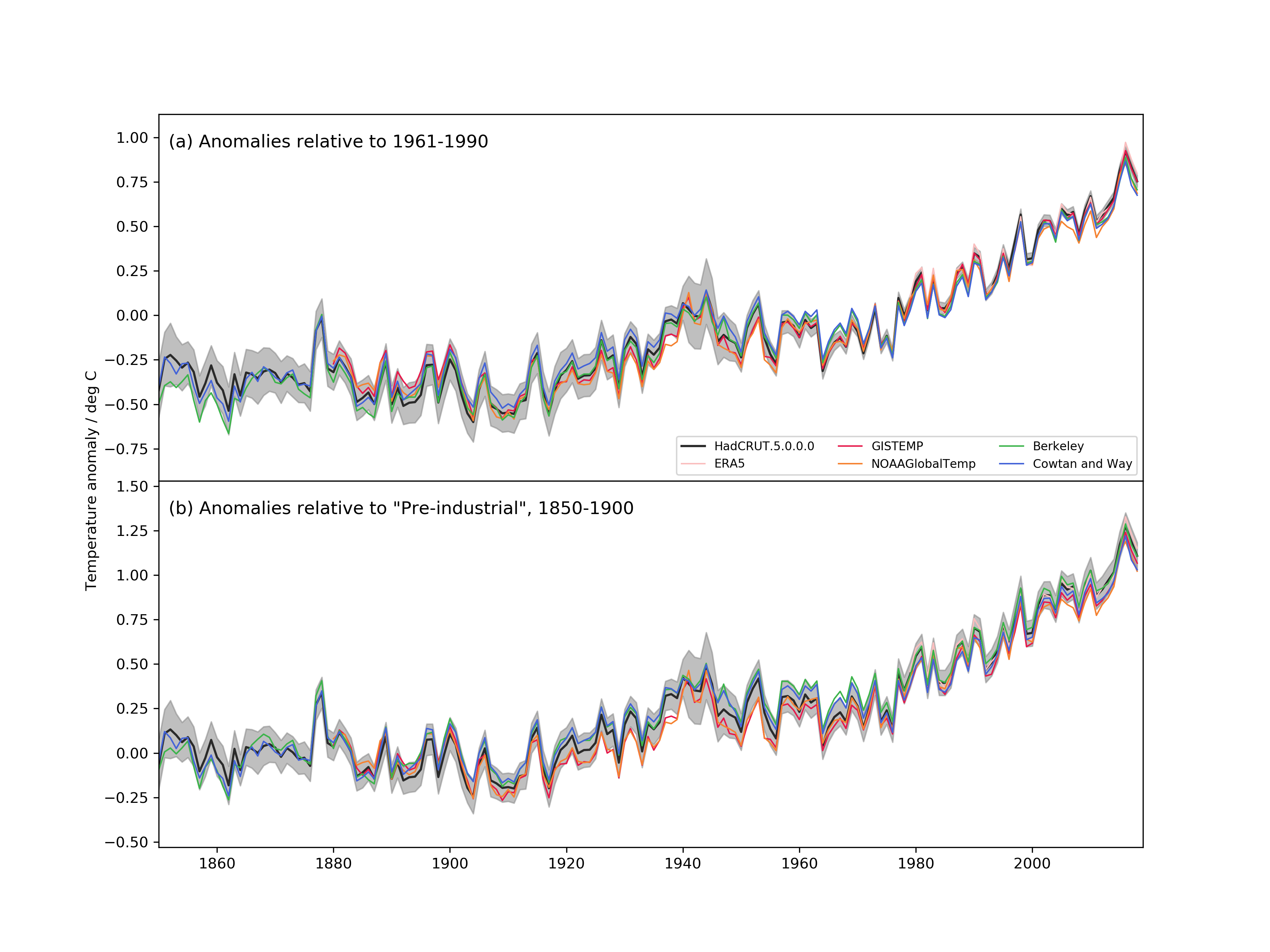According to the somewhat* arbitrary customs of our age, the 1st of January marks the beginning of a new year, a new decade and, by analogy, a new start in human affairs. So shall it be at RealClimate too**.
This month’s topics will no doubt include the summaries of the 2020 climate (due Jan 14th or so), ongoing efforts to understand and predict extreme weather in a climate context, and the shift by the weather organizations (WMO, NWS) to a new set of climate normals (i.e. moving from 1981-2010 to 1991-2020).
In the spirit of this new year, please make a renewed effort to stay vaguely on climate science topics, try to stay constructive even when you disagree, refrain from posting abuse, and don’t bother with cut-and-paste climate denial (that stuff was tedious enough when it was originally wrong, and is simply boring now). Thanks!
*completely
**Seriously, we are thinking about how to update/re-position this blog, and would welcome constructive suggestions from readers.



